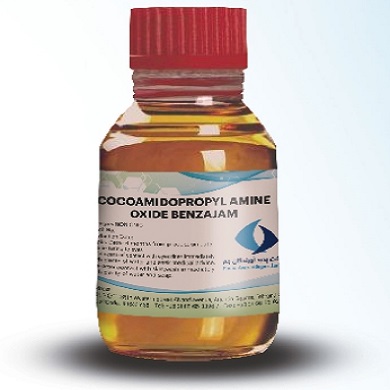Retarder
Description
In chemistry, a retarder is a substance that slows down or delays a chemical reaction. Retarders are commonly used in various industrial processes where precise control over reaction rates is necessary. Some common applications of retarders include:
1. Concrete Setting: Retarders are often used in concrete formulations to delay the setting time. This allows more time for the concrete to be poured, placed, and finished before it hardens. This is particularly useful in large construction projects where extended workability is required.
2. Plaster and Mortar: Similar to concrete, retarders can be added to plaster and mortar mixes to prolong their working time. This ensures that the material remains workable and can be applied or shaped properly before it sets.
3. Adhesives and Sealants: In adhesive and sealant formulations, retarders can be used to control the curing time. This is especially important in applications where precise bonding or sealing is required, and extra time is needed to position components or make adjustments.
4. Polymerization Reactions: Retarders are employed in polymerization reactions to control the rate of polymer formation. By slowing down the reaction, manufacturers can achieve better control over the molecular weight and properties of the resulting polymer.
5. Oil and Gas Industry: In drilling fluids used in oil and gas exploration and production, retarders are added to control the hydration rate of cement slurries used for well cementing. This ensures proper placement and integrity of cement barriers in well construction.
6. Textile Industry: Retarders may be used in dyeing processes to slow down the reaction between the dye and the textile substrate. This allows for better penetration of the dye and more uniform coloration.
Overall, retarders play a crucial role in various industrial processes by providing control over reaction kinetics, ensuring optimal performance, and improving the quality of the final products.
Usage:
Retarder is a leveling agent with an affinity for acrylic fibers that accelerates the dyeing process faster than the dye material towards the dyeing sites of the fibers. As a result, it reduces the absorption rate of dye materials and decreases the rate of exhaustion of cationic dyes in the critical temperature phase range (above 80 degrees Celsius), and due to this retardation effect, it uniformly absorbs colors.
As a general rule, the amount of retarder used in dyeing depends on the penetration coefficient of each dye material and the saturation coefficient of the acrylic fibers to be dyed, as well as the required depth of shade.
Precautions:
For better dilution, it is recommended to use deionized water. Contact with this substance may cause irritation and skin sensitivity. In case of contact, wash the affected area with plenty of water. In case of eye contact, immediately wash the area with plenty of water for 15 minutes and keep the eyelids open until reaching a medical center, and continue washing. In case of ingestion, refrain from inducing nausea and immediately seek medical attention.
Storage Conditions:
Keep the container tightly closed and store at normal room temperature, away from light and excessive heat.
Shelf Life:
With proper storage conditions, 2 years.
Packaging:
In plastic containers, 200 kilograms each.




